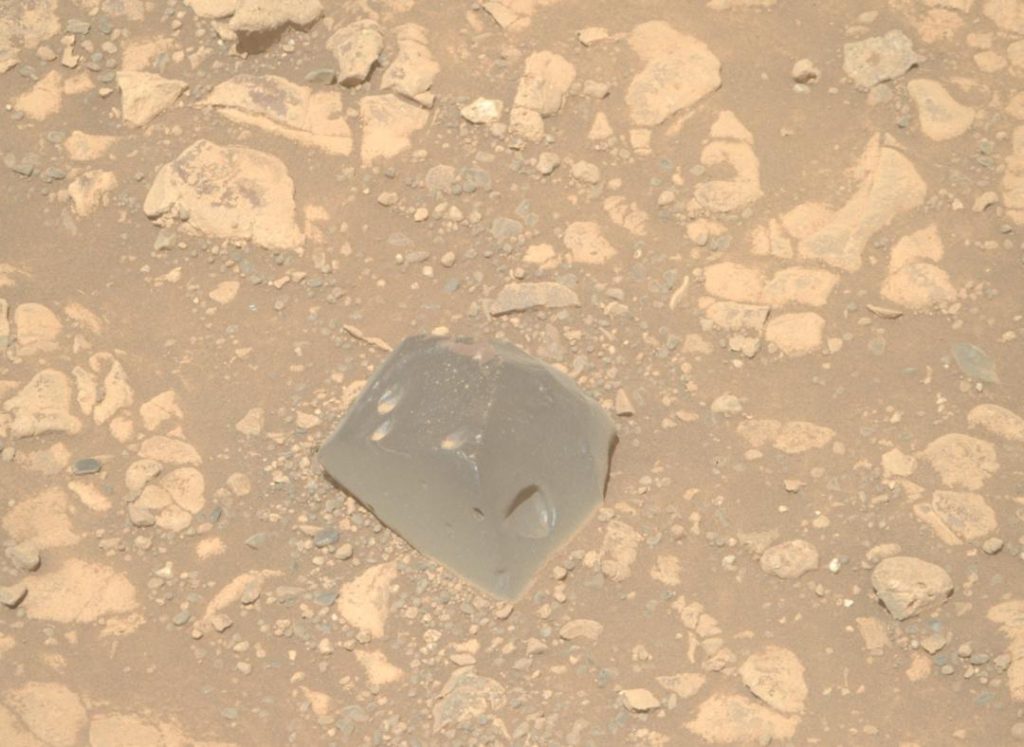
NASA Shares Pic of Mysterious ‘Skull Hill’ Rock on Mars
NASA has made yet another groundbreaking discovery on the red planet, Mars. The US space agency has shared a picture of a mysterious rock on Mars, which has left scientists and enthusiasts alike scratching their heads. The rock, dubbed ‘Skull Hill’, has sparked a flurry of excitement and curiosity, with many wondering how it ended up on the Martian surface.
The image, captured by NASA’s Mars Reconnaissance Orbiter, shows a peculiar rock formation that bears an uncanny resemblance to a human skull. The rock’s shape is remarkably similar to the human skull, with a distinctive cranium and jawline. The discovery has sparked a range of theories about the rock’s origin, with NASA scientists working to unravel the mystery.
According to NASA, the ‘Skull Hill’ rock is a type of sedimentary rock, which is formed through the accumulation of mineral and organic matter. However, the agency is still uncertain about the rock’s exact origin, and is working to gather more data to better understand its history.
“Alternatively, ‘Skull Hill’ could be an igneous rock eroded from a nearby outcrop or ejected from an impact crater,” NASA said in a statement.
The discovery of ‘Skull Hill’ is significant not only because of its unusual shape, but also because it provides valuable insights into the geological history of Mars. The rock’s composition and structure can reveal information about the Martian environment millions of years ago, including the presence of water, temperature, and atmospheric conditions.
The Mars Reconnaissance Orbiter, which captured the image, has been orbiting the planet since 2006. The spacecraft is equipped with a range of instruments designed to study the Martian geology, climate, and potential biosignatures.
NASA’s interest in Mars is driven by the possibility of finding life on the planet. While there is currently no conclusive evidence of life on Mars, the discovery of water and methane on the planet suggests that the conditions for life may have existed in the past.
The search for life on Mars is ongoing, with NASA’s Curiosity rover and Perseverance rover currently exploring the planet’s surface. The rovers are equipped with a range of instruments designed to search for signs of life, including cameras, spectrometers, and geochemical analyzers.
The discovery of ‘Skull Hill’ is a reminder of the vast mysteries that still remain to be uncovered on Mars. As NASA continues to explore the planet, we can expect to learn more about its history, geology, and potential for life.






